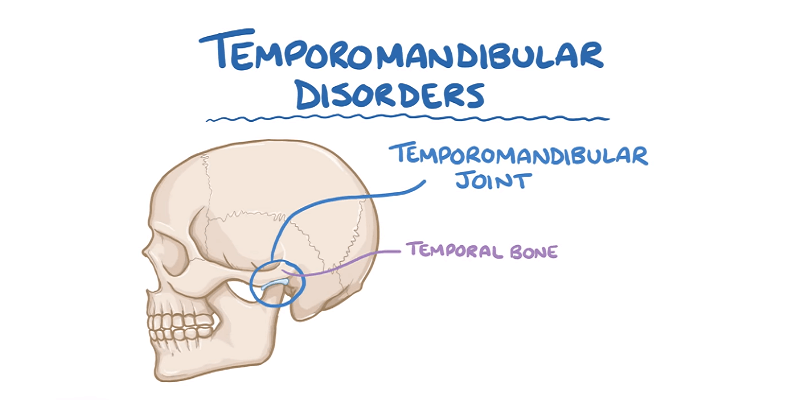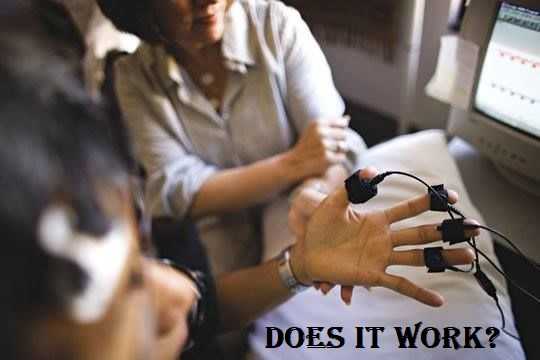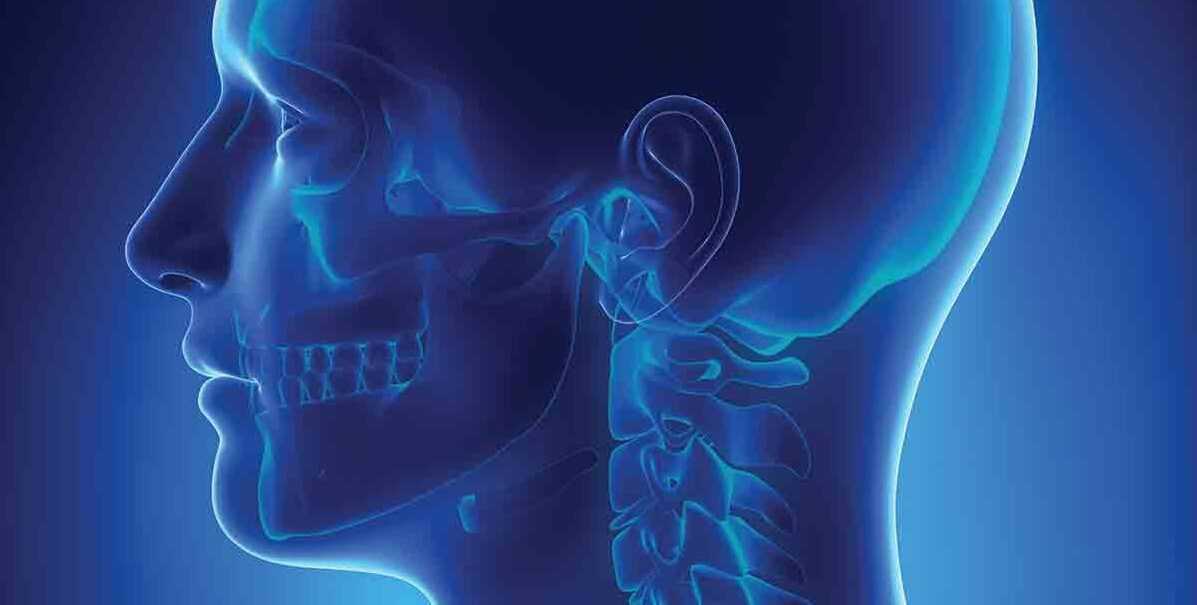Treatment for acute TMJ pain

If your problems last for more than a few days, or they are severe to begin with, call your dentist for an evaluation. Initial treatment depends on the cause of your particular symptoms, but usually entail the following:
Rest your jaw for several days or a week: eat very very soft food such as yogurt, soups, scrambled eggs, liquid supplements, applesauce, soft rice, pudding, and similar textures. Eat foods of a consistancy you can mash with your tongue. Ocassionally this “babying” of your joint can mean eating soft foods for a few weeks…so be patient. It also helps if you don’t get into animated discussions while you are eating and chewing, as speech gestures can produce muscle spasms when your jaw is strained and prolong your healing.

Avoid chewing gum, meats, ice, raw carrots, apples, salads, hamburgers, French bread. Treat your jaw as your might an ankle sprain, where you would rest it and avoid walking( think taling, chewing, opening) whenever you can.
Restrict opening: when you yawn, use your palm or fist under your chin to limit your opening when you yawn. You can still achieve a satisfying yawn experience, without opening fully.
Don’t play with your jaw to make it go “pop” for your friends. There is a tendancy to “fiddle” with your popping joint, in an attempt to reorient it, but this usually just adds to the problem.
However, if your jaw is locked open and you can’t close it, do a soft side-to-side wiggle on your chin, and try to close gently. Don’t attempt to force your jaw closed. Go to your dentist, who can help you close.
Again, for acute TMD symptoms, you should avoid clenching your teeth during the day, either from tension stress or while straining at your workout at the gym. If you are making a strong physical effort, such as lifting something heavy, don’t clench your jaws in the process.
Usually our teeth are apart during the day and as we talk, and only come together when we swallow or chew. So as long as your joint is sore, rest it by not biting down needlessly.
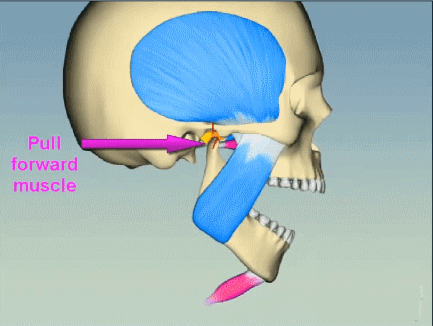
Avoid caffeine and tobacco: these stimulants will produce muscle tension, especially in your masseter muscle, which is the big muscle that runs vertically on your face and which ripples when you chew—-you know, the Clint Eastwood jaw.
Apply cold: Use crushed ice in a plastic sack or in a towel or try a sports-injury ice pack. Do this several times a day for 10-15 minutes each time. Some individuals benefit from heat packs, especially if they are recovering from a locked jaw.
Take anti-inflammatory medications such as Advil, Ibuprofen, Aleve or Naproxen, Motrin, and other over-the-counter meds. These truly help reduce the muscle/joint inflammation, and helpful beyond reducing the pain. Take these for several days. A typical dose of ibuprofen is 400-600 mg three times a day for several days.
Postural issues: Don’t cradle a telephone in your neck. Try to sleep on your back, so as not to create a strenuous jaw posture.
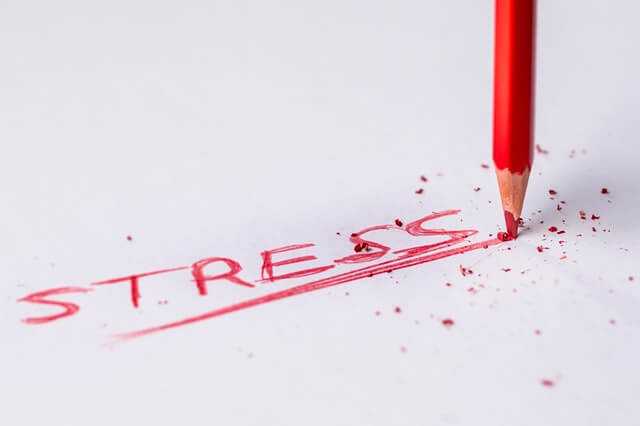
Manage your emotional stressors: emotional tension can go right to the jaw, and we can clench our teeth under stress, or grind them at night for similar reasons.
To care for yourself in this regard, I am suggesting psychotherapy, yoga, body work of various schools (Rolfing, Feldenkreis, Swedish or Esalen type), exercise at the gym, running (if it relaxes you), rest, enough sleep, work out conflicts with your spouse or co-worker, set good limits with your kids, and so forth.

Be aware of your body tension, such as back, neck, and especially shoulder tension. Usually TMD symptoms are found in conjunction with other physical symptoms of stress such as headache, shoulder stress, facial tension, tension headaches in the rear of our heads, etc. Another words, see if your TMJ symptoms are part of a larger picture.
Tension or stress are polite words for frustration and anger, as well as being hurried, over-burdoned,and harried by life. Learning to manage, express, and process our emotions are important skills to have in life, and for your body tension. In this regard your jaw symptoms might be an opportunity to attend to emotional change and develop new patterns of expressing emotions, holding distress, and communicating more fully.
Do facial massages with your hands: several times a day let your jaw go slack and massage your jaws gently. You can do this in your work cubicle when no one is looking. Going along with facial massage is taking time to take deep breaths. This you can do anywhere and is deeply relaxing. You might make a habit of checking your facial tension and taking a breath every hour at the same part of the hour.
It is my personal theory that taking a deep breath is a wonderful practice in life. You can do it at work, on the metro, and learn to physically induce a relaxed state. Additionally, I think that inhaling deeply is a main component of addictive smoking. If you happen to struggle with a tobacco habit, experiement with deep breathing in place of every other cigarette.
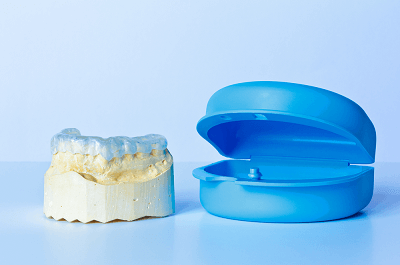
Do see your dentist if your discomfort lasts. Sometimes a BITE GUARD needs to me constructed to help your jaw recover. Some patients can buy sports bite-guards and adapt them in hot water, but usually you will need a better fitting guard to use at night. For these you will need to see your dentist. Usually, sudden-onset jaw pain is muscular in origin, and a night guard or “splint” can help reverse this situation. Often this splint will initially need to be used 24×7 for a few days or a few weeks. The rationale for splints is to break up night grinding, and spasms in your chewing muscles. Ultimately, you would hope to stop using the splint appliance daily, but have it on hand for future flare-ups.
Some TMD patients will benefit from using a night-guard for months or years, but that is a specific situation, and is not the kind of splint use I am suggesting here. See the section on “chronic TMD” about splint therapy.
An occlusal splint is synonymous with an occlusal guard or night guard. Your dentist can make either soft rubber or hard plastic splint. A soft splint is similar to a sports mouthpiece but is better adapted and entails having an impression made of your teeth. A hard splint or guard is like a retainer made of plastic that covers the biting surface of your back teeth. Either can be helpful early on and there are plusses and minuses to each, so it is a decision you should make with your dentist. Newer splint materials allow for smaller, easier to use appliances nowdays.


